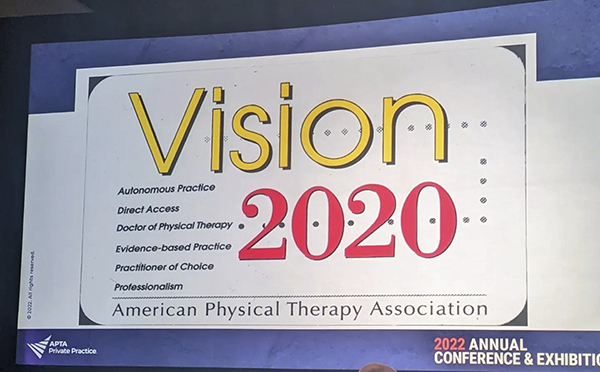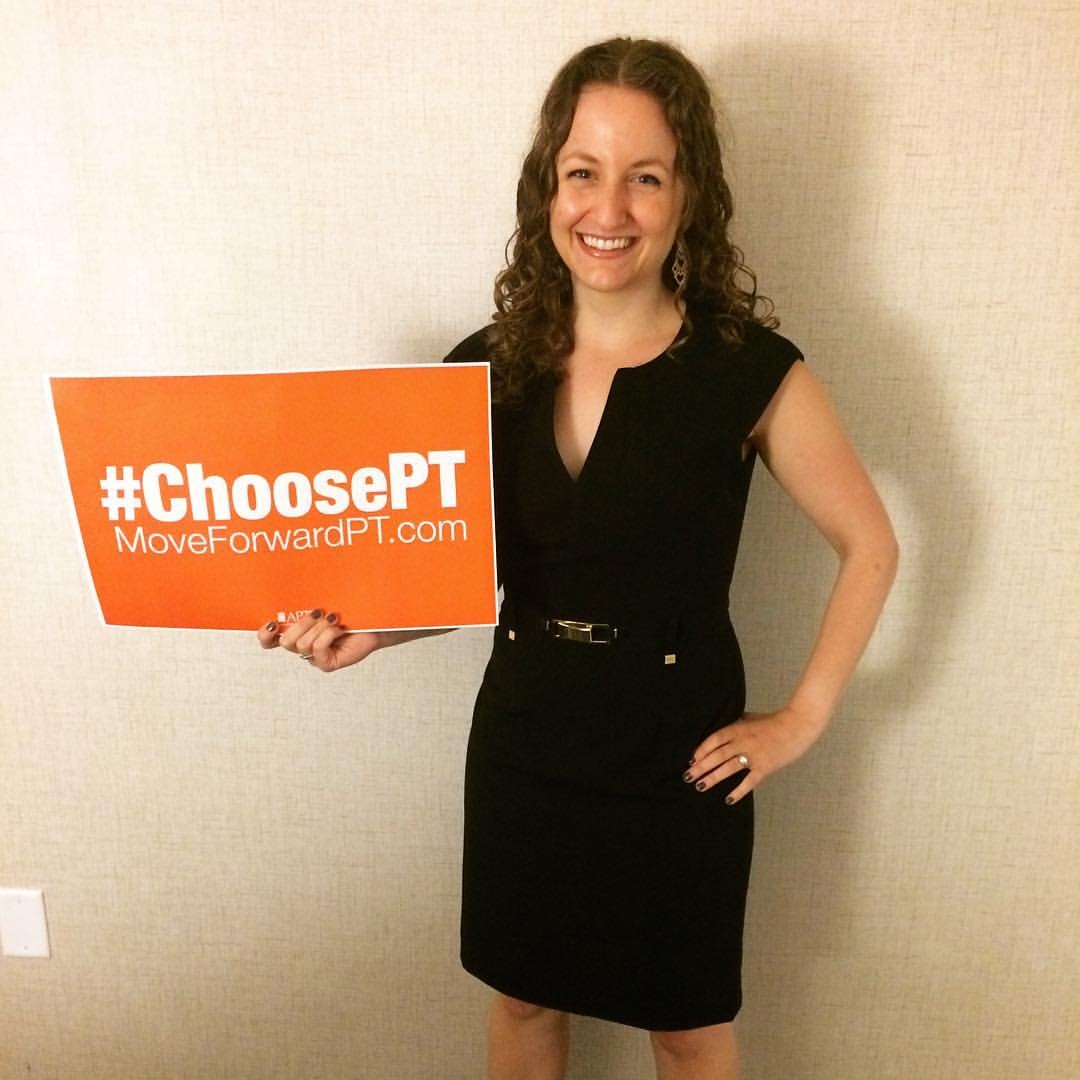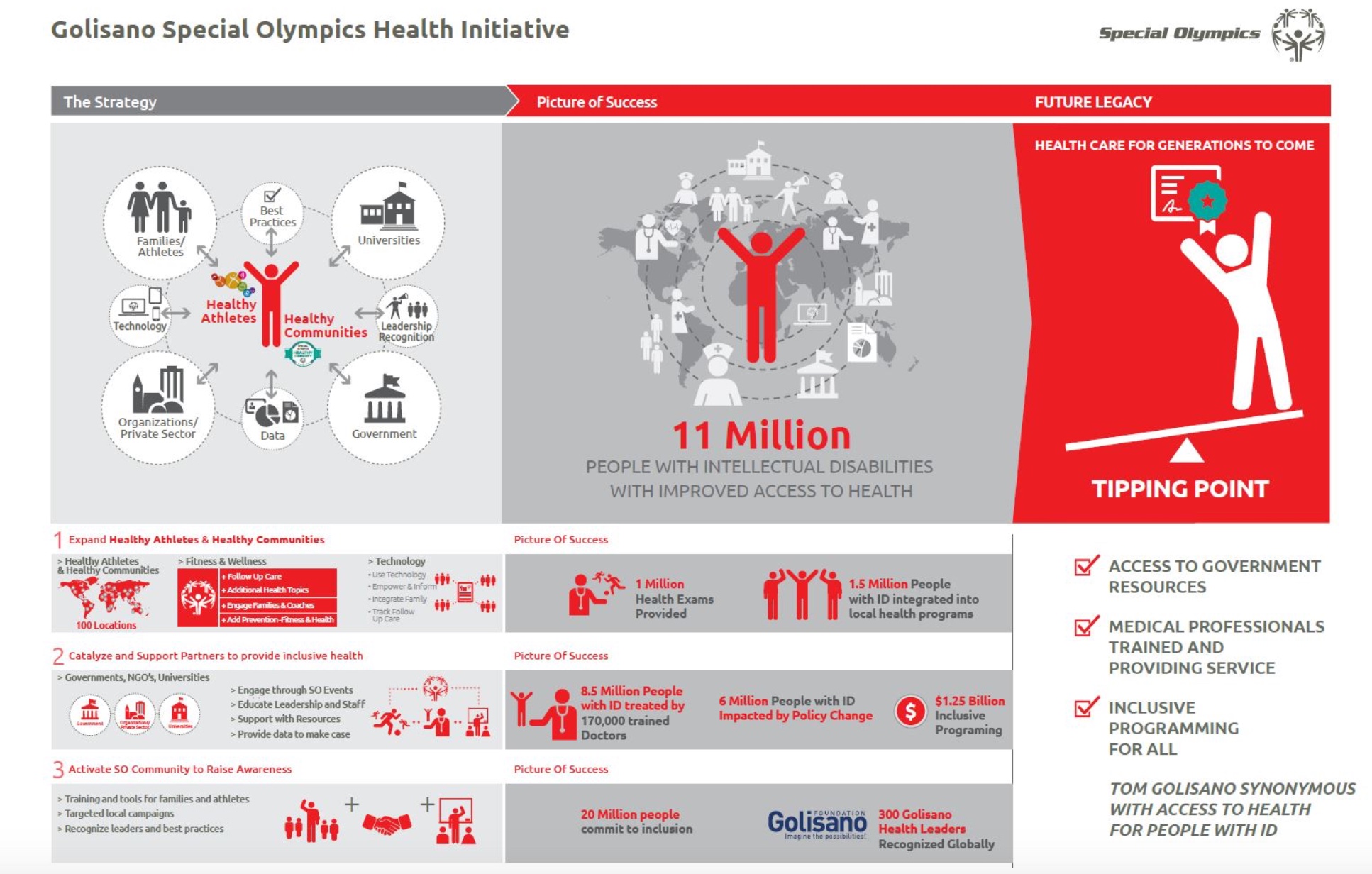What happens if you have a personal injury patient with a claim for damages against a wrongdoer (in legal terms, a tortfeasor), but they find themselves in the following situations:
- The patient has no personal injury protection (PIP) or medical payments (Med Pay) coverage available?
- The patient has no health insurance, or their health insurance will not cover all or part of treatment in your clinic.
- The patient had PIP/Med Pay/health insurance, but the benefits have exhausted, and more treatment is needed?
If the patient’s medical treatment is still reasonable, necessary, and related to the injury causing event, a properly completed and filed medical lien can ensure that you receive payment from the at-fault insurance company for the unpaid balance owed. If that insurance company settles with your patient and you have still not been paid for your services, the filed medical lien may force the insurance company to pay twice. First to your patient, and then again to you.
It is important that you use all available PIP and health insurance available to your personal injury patient before you move on to holding bills based on a medical lien. Medical liens are not a substitute to billing PIP, or health insurance once PIP exhausts, as primary first-party payment sources.
As a prerequisite to filing a medical lien, make sure that your clinic discloses to the patient that you use medical liens as part of your billing and collection practices (RCW 60.44.020(2)). This can be accomplished by adding language to your standard intake forms disclosing this business practice at the time treatment begins.
Under RCW 60.44, a medical lien completed and filed in the county where the services were provided puts the tortfeasor’s insurance company on notice that you are owed for services rendered to the wrongfully injured party (your patient). Keep the following points in mind to ensure that medical liens work correctly for your clinic:
- First, your lien must be filed before settlement occurs (RCW 60.44.020).
- Second, any lawsuit to enforce any unpaid lien must be initiated within one (1) year of your lien’s filing date (RCW 60.44.060).
- Third, to be valid, your lien must meet all statutory requirements. The statutory requirements for completing the lien are simple. Most of the information will come from your patient and/or a police report on any automobile collision that injured the patient. The lien form must be filled out completely and accurately so that the tortfeasor’s insurance company can find the lien when they search the County Auditor’s records under their insured’s name, date of loss, and/or your patient’s name.
- Finally, it is crucial that you provide a copy of the filed lien to the at-fault insurance company so that they are on notice of the lien.
It is important to note that filing a medical lien may, in some circumstances, provide for only partial payment of your outstanding bill. The statute provides that “All said liens for services rendered to any one person as a result of one accident or event, shall not exceed 25 percent of the amount of an award, verdict, report, decision, decree, judgement or settlement.” If the case settles for $10,000, and you have a lien for unpaid balance of $2,500, you may be paid in full if there are no other lienholders. The insurance company should write you a check, or they may simply add your name as a payee on the settlement check. If you do not receive payment of your entire outstanding balance related to the injury causing event on a valid lien and your patient settles their claim, the patient is usually always responsible for the remaining amount.
Once you are paid on a medical lien or agree to accept a compromise amount to settle a lien, your clinic has 30 days to provide the patient with a release of all lien rights (RCW 60.44.060(2)). Although the statute does not require your clinic to file the release with the county auditor, we recommend that your clinic file it (and not pass the filing fee on to the patient) to avoid any issues with any expired but unreleased lien, which could negatively impact your patient or the tortfeasor in the future.
The most frequent arguments we hear against the use of medical liens are the cost of filing the lien, as well as the perceived burden in completing the lien form. Neither should serve as a barrier to the use of medical liens in your personal injury practice.
The current filing fee is $203.50 for the first page, and $1.00 for every page thereafter. There is no need for your medical lien to ever be more than one page. The lien filing fee needs to be viewed as akin to paying for insurance. It is the price to pay for protection when you need it. You only need one case where you have a large balance that goes unpaid from a settlement to understand the benefits and protections offered by filing your lien. Consider the filing fees part of doing business, like insurance.
Completing the medical lien form is actually quite simple, and often you can get all of the information you need to file your lien from a police traffic collision report in a car crash case, from the patient, or from the patient’s attorney. The key pieces of information you need are the name of the at-fault party, the date of loss, the location of the incident in general terms, and the name of the patient. Also ideal to list are the claim number and insurance carrier for the tortfeasor to make sure proper notice and tracking is given to the main parties to the case. Instructions and medical lien forms can be found in our Medical Liens Packet, available on our website at https://www.glpattorneys.com/wp-content/uploads/2023/01/2023-Medical-Liens-Informational-Packet-PDF.pdf

One last point to mention is that a valid and enforceable medical lien also gives you collection advantages in the event a patient with a large outstanding medical bill balance is forced to file personal bankruptcy. Without a medical lien, you are an unsecured general creditor (paid pennies on the dollar). With a valid medical lien at the time of your patient filing bankruptcy and taking the steps above, you become a secured creditor and should be paid upon resolution of the personal injury matter. There is a Senate bill currently being considered by the Washington legislature to raise personal injury exemptions for patients that file personal bankruptcy, but also exempts from the bankruptcy process certain subrogation claims and claims subject to medical liens. If this bill becomes law, we will make sure to keep our healthcare community in Washington informed.
In summary, a properly completed and filed medical lien is the best way to ensure that the tortfeasor’s insurance company pays for your personal injury patient’s care that is not otherwise covered by PIP, Med Pay, or health insurance. If the insurance company gives the money for payment of your bills to your patient, and not directly to you, a lien is your best protection. If necessary, you can enforce the lien by pursuing a claim directly against the third-party insurance company. GLP Attorneys is compassionate and committed to ensuring your patients receive the best possible outcome and recovery. We are pleased to offer collaborative resources for you and your staff. An attorney is always available to meet with you about medical liens, insurance, and more. In addition, each year, complimentary, accredited CE seminars are available in person and digitally throughout the state of Washington. Join us for our 2023 Seminar Series, Mastering Your Personal Injury Patient Practice by registering at https://www.glpattorneys.com/provider-resources/seminars/
GLP Personal Injury Attorneys


 The PTWA mission statement is “to advance the physical therapy profession in the state of Washington through compassion, accountability, representation, and excellence” (CARE). These values lead directly to the Core Values for the Physical Therapist and Physical Therapist Assistant, updated in 2019, to inform the behaviors of all members of our profession. The APTA Code of Ethics for the physical therapist “describes the desired behavior of physical therapists in their multiple roles . . . , addresses multiple aspects of ethical action . . . , and reflects the core values of the physical therapist.” Similarly, the APTA Standards of Ethical Conduct for the Physical Therapist Assistant “delineate the ethical obligations of all physical therapist assistants . . . and provide a foundation for conduct to which all physical therapist assistants shall adhere.” On June 3, 2020 the APTA House of Delegates affirmed the profound connection between the words of the core values and the mandate for ethical conduct in the Code of Ethics and Standards of Ethical Conduct when the delegates integrated the current core values into both documents.
The PTWA mission statement is “to advance the physical therapy profession in the state of Washington through compassion, accountability, representation, and excellence” (CARE). These values lead directly to the Core Values for the Physical Therapist and Physical Therapist Assistant, updated in 2019, to inform the behaviors of all members of our profession. The APTA Code of Ethics for the physical therapist “describes the desired behavior of physical therapists in their multiple roles . . . , addresses multiple aspects of ethical action . . . , and reflects the core values of the physical therapist.” Similarly, the APTA Standards of Ethical Conduct for the Physical Therapist Assistant “delineate the ethical obligations of all physical therapist assistants . . . and provide a foundation for conduct to which all physical therapist assistants shall adhere.” On June 3, 2020 the APTA House of Delegates affirmed the profound connection between the words of the core values and the mandate for ethical conduct in the Code of Ethics and Standards of Ethical Conduct when the delegates integrated the current core values into both documents.

